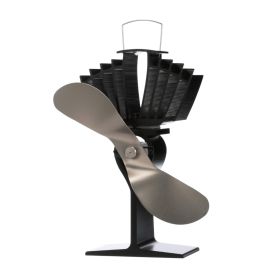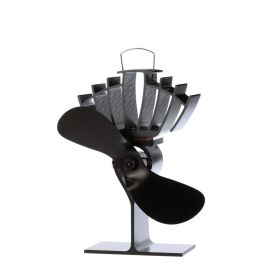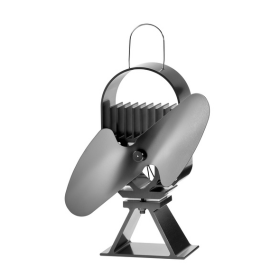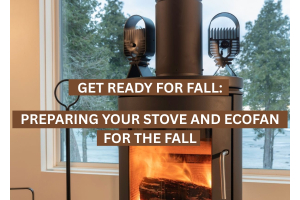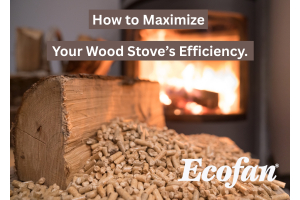Fine-Tune Your Fire for Spring
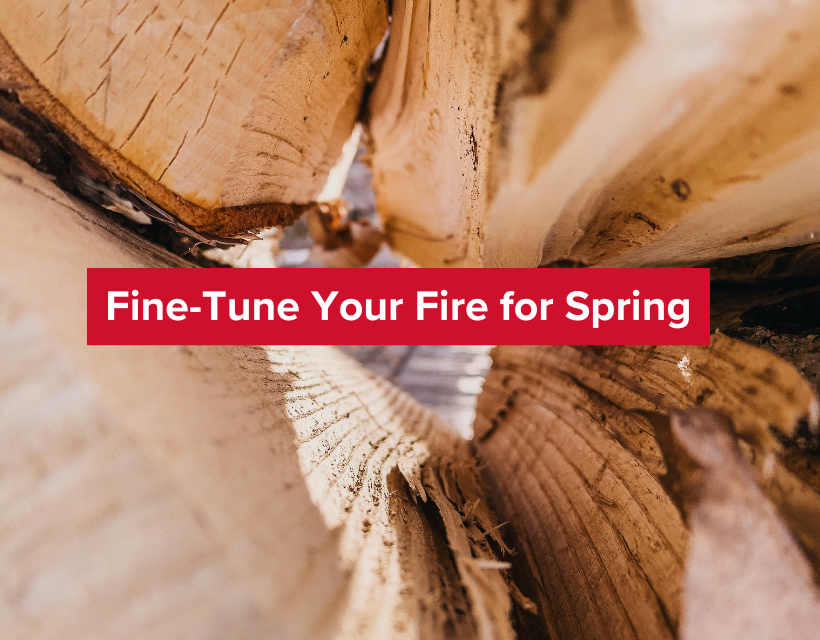
Spring is officially here- even though it seems that Mother Nature is still not finished with winter quite yet. But spring weather is on the way (really, it is!) and with it comes unpredictable temperatures, snow, rain, sun and more! This year, we have even experienced all of these conditions in one day! How do you adjust your wood-burning habits so you don’t shiver with cold or overheat- let us provide some guidance.
Adjust your Woodstove to the Weather
You probably already know you need to open the damper on your woodstove when getting your fire going. It allows in more air to fuel the combustion once you’ve sparked your fire.
Once the wood starts burning, you can also adjust the settings to adapt to the conditions outside. If you have a woodstove with an automatic thermostat, it will do this for you. The spring-loaded device regulates the airflow, delivering more air to the fire on a cold day so it burns warmer and keeps you toasty.
On a milder day, it lowers the amount of air feeding in, so you have a simmering heat that doesn’t overwhelm you.
However, if your stove doesn’t have that feature, you’ll need to adjust the damper to suit the weather. The colder it is, the more you’ll open the damper. The sound of the fire will alert you if it’s raging too hot and need to turn it down. Ideally, you’ll want to hear low-level crackling that produces a glow with minimal flame.
Pick the Right Type of Wood
First of all, remember that all wood produces the same amount of heat per pound. But not all wood is created equal. That means that you can adapt by using different types and sizes of wood pieces and by knowing how your woodstove works.
The way wood burns hinges on its structure, density, and amount of resin. Depending on the combination, the fire could generate anywhere from 500 to 1000 degrees Celsius.
For example, these are the average temperatures for these types of wood:
- Cedar - 670
- Spruce and pine – 625
- Birch - 800
- Oak and larch - 900
- Ash or beech - up to 1,000 degrees
The more the wood burns, the hotter it gets- going from 250 degrees at ignition to 270- 430 degrees during decomposition. Once it settles into a nice slow burn, you get heat from 440 degrees and up.
So, the lighter the wood, the lower the temperature it will kick out once it hits this key, final phase. On mild days, throw in some cedar for a quick heat then fuel the fire with poplar and balsam. When it’s frigid outside, opt for oak or maple to really warm your toes.
While each type varies, all wood should be burned dry.
Vary the Size of Firewood
Go big if you want to jack up the heat. Meanwhile, small pieces will serve you best on a milder day.
During cold snaps, use larger chunks of wood since their mass will generate more heat. It also allows you to stay snuggled on the couch rather than constantly reloading.
On days when you just need a light jacket, you can clean out all those odds and ends from the woodshed or pile. These less-valuable pieces of wood will take the nip out of the air. On the plus side, getting up to feed the fire burns a few calories for you too.
Regardless of how the fire performs, you’ll need to circulate air throughout your space to warm up the floors and additional rooms. Since heat rises, having an Ecofan wood stove fan to spread it out is an important part of the heating process.
Ideally, you can keep your home warm while adding wood to the fire during the waking hours and while you’re at home. You may wish to save the largest pieces for overnight and days when you’ll be away at work or out skiing. That way, you come home to a welcoming, warm nest and can simply add new fuel to a sparkling bed of coals.


